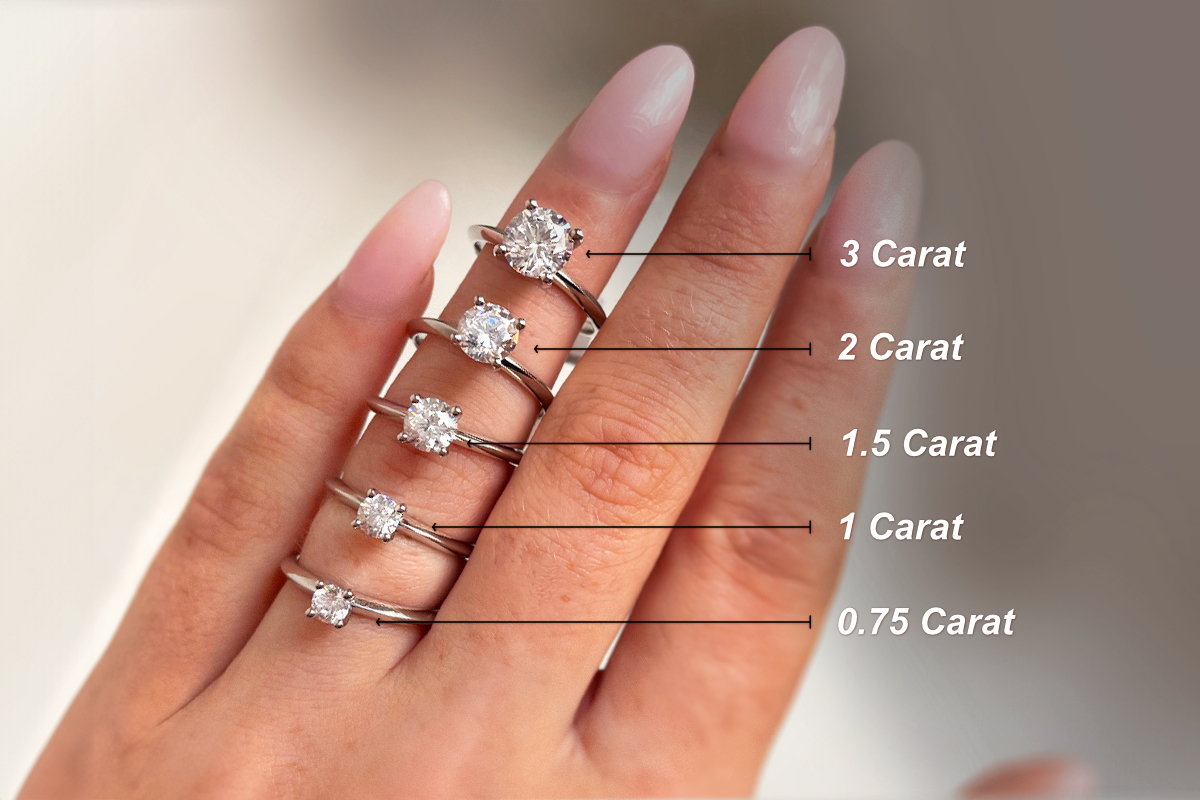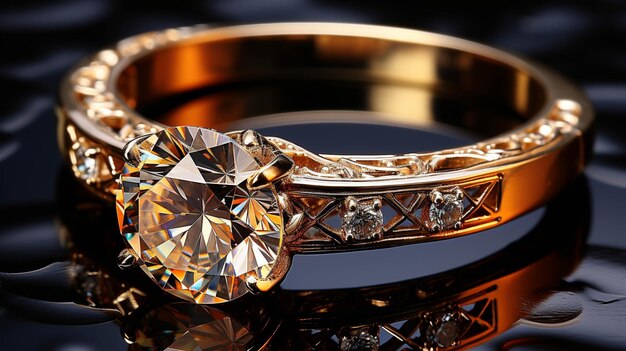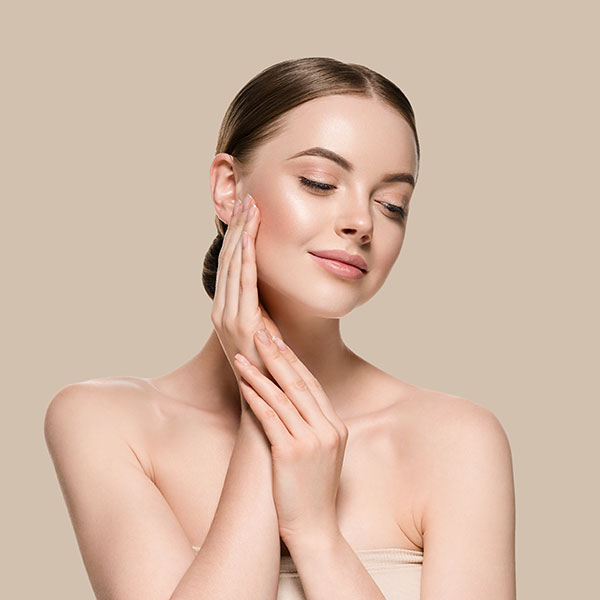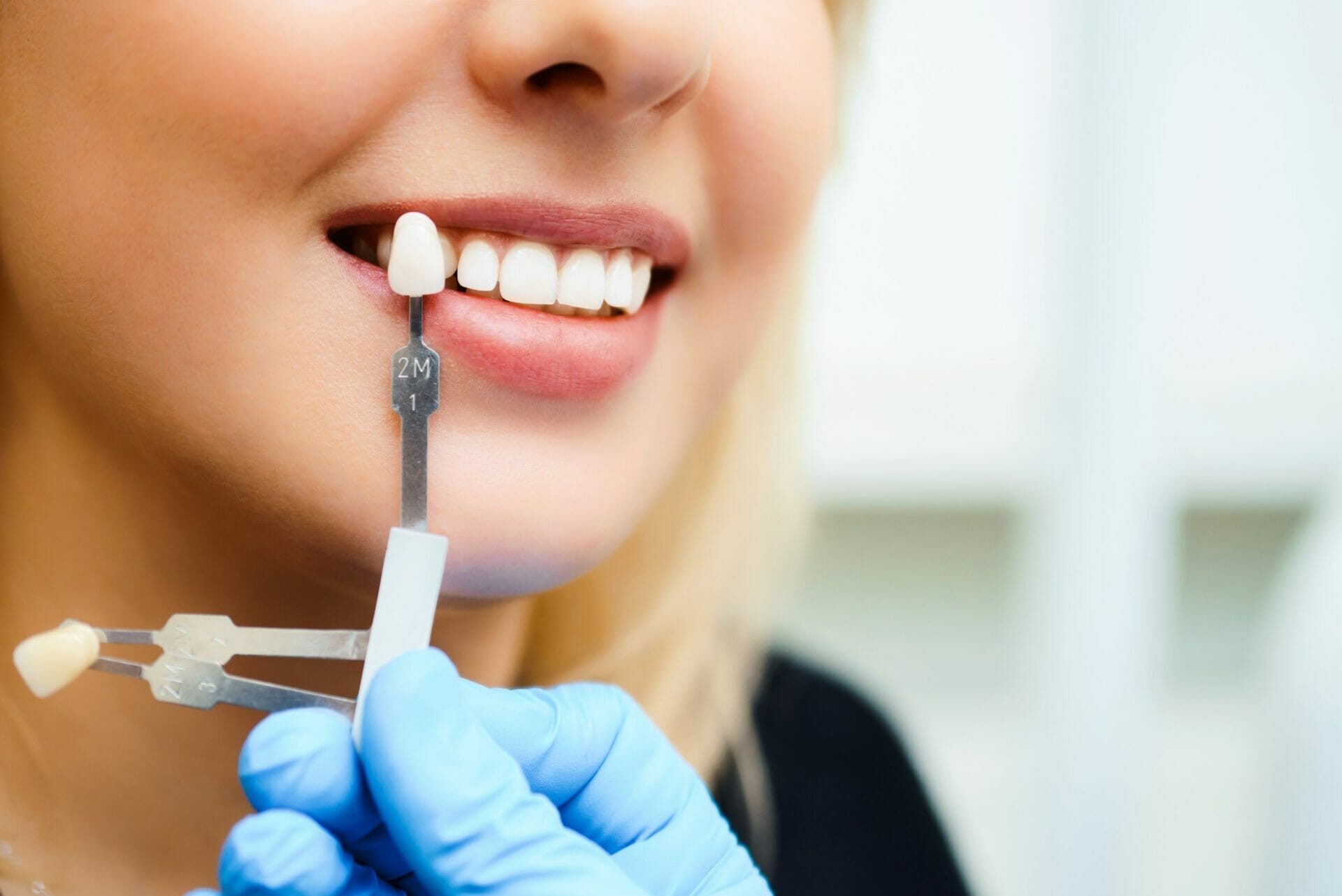 Posted On
Posted On
How Was Botox Discovered? You Might Be Surprised…
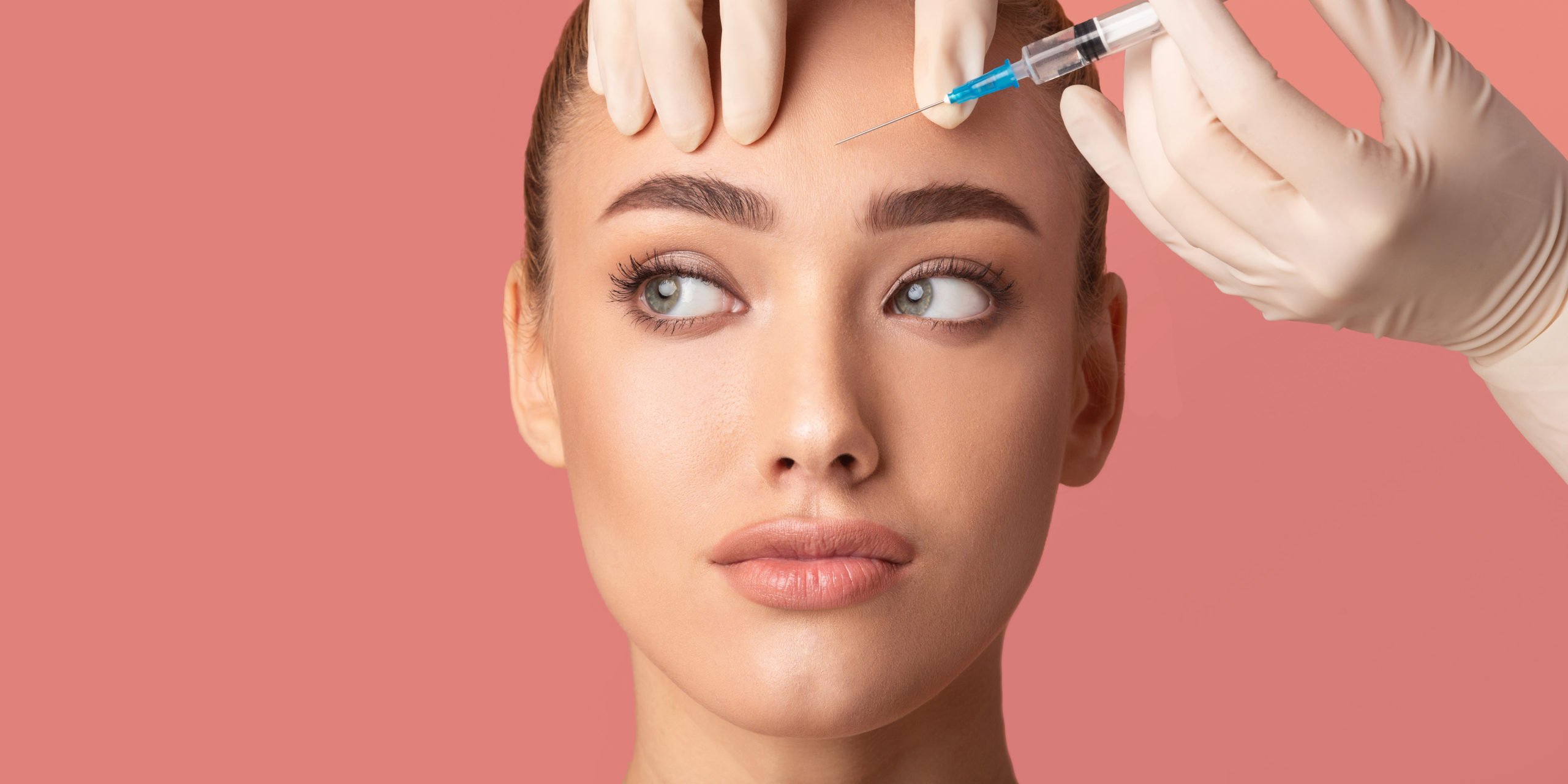 Posted On
Posted On
Botox is known for its incredible cosmetic benefits as well as its medical applications. It is used by millions of Americans every year, but many people are unaware of where this amazing medication originated. Like many beneficial medical innovations, Botox’s cosmetic and medical advantages were not immediately recognized. You may be surprised when you learn how this wonderful cosmetic injectable was discovered.
Table of Contents
From Botulism to Beauty
Botox is not the first medication to be formed from something that can be deadly on its own. Plants like foxglove can be toxic but contain elements that can save lives. Botulism, a form of food poisoning, is caused by the bacterium C. Botulinum. This group of bacteria can grow in foods that are not properly cooked, and they produce the botulinum toxin, which causes the disease botulism. This toxin has the ability to paralyze muscles, including those that control breathing and heart rate. If it enters the body through the digestive system or wounds, it can affect the entire body and be deadly.
- Botulinum was identified in 1895, even though the disease botulism had plagued humans for centuries. Although many people realized that food that was not cooked or stored correctly could make humans ill, the exact bacteria was not known. Once C. botulinum was isolated and recognized, it started its long journey to becoming a household name.
Botox as a Weapon?
Although the bacterium from where Botox was derived was isolated as the agent that cause botulism in 1895, it was not until the 1920s that the botulinum toxin was identified in crystalline form. It is not the bacteria that causes botulism, but the toxin produced by the bacteria. There are many variants of the botulinum toxin – not all will cause effects to the nervous system in humans and some animals. But it was those that could cause harm to humans that interested scientists, especially those in the military.
The botulinum toxin was studied as a biological weapon due to its toxic effects. In WWII, it was rumored that Germany had created a biological weapon using botulinum toxin. The information was not correct, but it did spur more interest in the toxin, and it continued to be studied by scientists around the world. In the 1940s, botulinum toxin type A was isolated, which is the variant that would one day become the main ingredient in Botox.
BTX-A for Muscle Spasms
Botulinum toxin type A, eventually labeled BTX-A, was of great interest to scientists due to its effects on nerves and muscles in the body. In the 1950s, it was discovered that BTX-A had an amazing ability – when injected into a muscle that was having spasms, it could stop muscle movement. This was due to how the toxin impacted the nerve receptors in the muscle. It blocked the release of acetylcholine from the motor nerve endings, which stops communication from the nerves to the muscles thus stopping muscle movement.
The discovery of how BTX-A affected the muscle began more targeted research into the toxin. In the 1960-1970s, scientists studied BTX-A and how it could impact cross-eyed disorders. This led to animal studies with a purified form of BTX-A on eye disorders and muscle spasms. Eventually, human trials were allowed in the 1980s, which would prove the safety of this medication.
BTX-A is FDA-Approved
After decades of study for the effectiveness of BTX-A on muscle spasms and its safety when used on humans, BTX-A finally becomes a recognized medication. In 1988, Allergan, Inc. purchased the rights for BTX-A, then named Oculinum. It was FDA-approved in 1989 for the treatment of crossed eyes and eyelid spasms and renamed Botox.
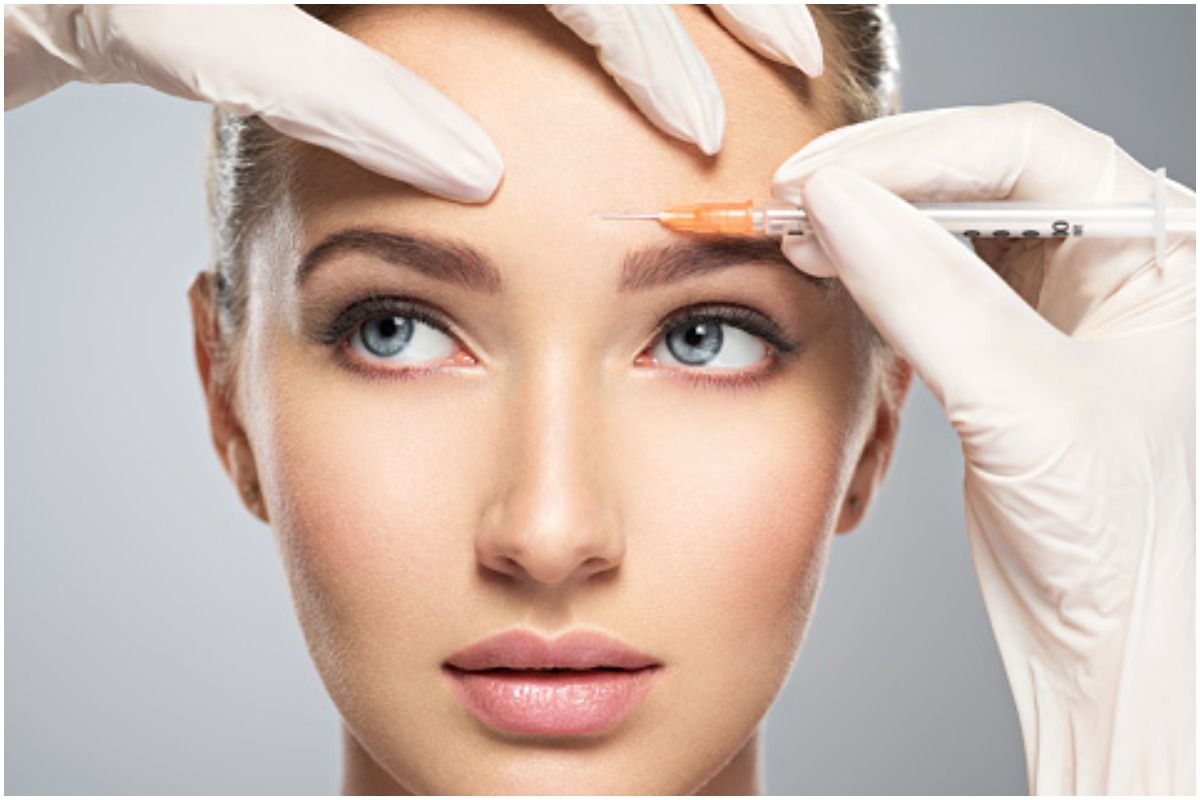
Once Botox was FDA approved, it was studied heavily for uses for other disorders involving muscles. The next FDA approval would come in 2000 when it was approved for treatment of cervical dystonia, a disorder that creates an abnormal head position and neck pain.
Interesting Side Effects of Botox Treatments
Botox was the first FDA-approved for the treatment of eye disorders, which is how it was used for over a decade before it became a cosmetic. This is also how it was discovered that Botox had cosmetic potential. One of the “side effects” of eye treatments with Botox was that some patients no longer had a furrowed brow. The relaxation effect of the injections for the muscles around the eyes also stopped some furrows from forming on the brow and forehead. This was a welcomed side effect for many, creating a more youthful and pleasant appearing brow.
Word quickly spread about Botox as a wrinkle treatment. Even before it was FDA-approved as a cosmetic procedure, many patients were asking for Botox for smoothing frown and worry lines on the brow as an off-label treatment. In the meantime, Botox was being researched as a cosmetic application. Finally, in 2002, Botox Cosmetic was FDA-approved for the treatment of glabellar lines on the forehead, also known as frown lines or the 11s between the brows.
Botox Continues Its Journey
Frown lines were just the beginning of new uses for Botox. Many cosmetic uses have been approved by the FDA, but there are also many off-label treatments that are used for aesthetics. Additionally, Botox had been approved for use in many other medical disorders, including cerebral palsy, hyperhidrosis (excessive sweating) and migraines. It is now a household name and considered one of the safest and most effective treatments available.
Safe Botox Treatments in Phoenix, AZ
Even though Botox is derived from a neurotoxin, it is very safe for cosmetic and medical treatments. The tiny doses used in cosmetic treatments are absorbed into the muscle and do not spread to other areas of the body. At Arcadia Wellness Center, we provide safe Botox injections, performed by our medical staff. The effects of Botox take a few days to appear as the medication works to block the signals to the muscles. Over 3-4 months, the elements in the muscle break down the protein in Botox into harmless amino acids that are absorbed by the body.
There are so many beautiful outcomes that can come from Botox. Many of our patients have been using Botox for over a decade and love the results of their treatments. Some of the cosmetic uses of Botox include:
- Smoothing of dynamic lines, including frown lines, worry lines, crow’s feet and bunny lines
- Non-surgical brow lifts
- Face slimming with masseter reduction (shrinking the jaw muscles)
- Reducing the appearance of neck cords and lines
- Botox “lip-flips” to create the appearance of a thicker upper lip
- Gummy smile treatment
- Reducing “orange peel” dimples on the chin
More and more cosmetic uses are being discovered all the time for Botox. It is even used to prevent wrinkles from forming for younger individuals in what is called “micro-Botox” treatments. It can be used with other cosmetic treatments and requires no downtime after the injections are given.
Botox injections for cosmetic treatment have become a staple for creating beautiful, youthful faces across the world. If you live in the greater Phoenix, AZ area, you can receive precision Botox treatments at Arcadia Wellness Center. Contact our facility to schedule a Botox consultation to learn more about all the wonderful benefits of this famous cosmetic injectable.





